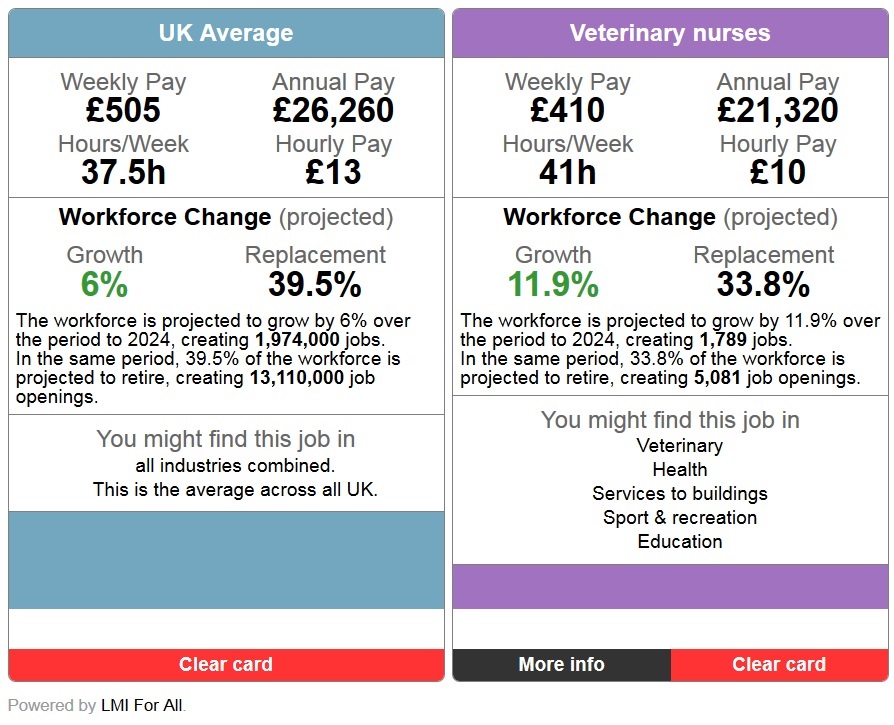What is replacement demand?
Ever wondered what replacement demand is and why you need to know about it ?
Replacement demand is an important part of determining what employment opportunities there may be in the labour market. For those working in careers and the education sector knowing about replacement demand and understanding what opportunities may be available in the future helps with career planning. The recent careers speech by the Robert Halfon, the Apprenticeships and Skills Minister, spoke about the important of meeting the needs of a skills economy:
“We need people of all ages, and those who advise them, to really understand what opportunities are on offer. I want those undertaking apprenticeships or courses in further education to get the same level of information and support to make confident and informed choices when selecting and applying for courses.
We want to ensure that those applying for further education have clear information and support through the process of searching for, choosing and then applying for a particular opportunity. In particular, we want to ensure that they are supported in the same way that higher education applicants are supported through the straightforward and well-understood UCAS system.”
Employment projections are an important to understanding the needs of the economy. These projections are available through LMI for All and are part of the Working Futures dataset.
Employment projections help us understand how levels of employment in an occupation or sector may change over time. These projections are made up by expansion demand (or growth) and replacement demand. Expansion demand is the number of job openings as a result of growth in the sector or occupation. Whilst, replacement demand is the number of openings created by people leaving the labour market on a temporary basis (such as maternity leave or sickness) and those retiring or dying. It is difficult to estimate the number of people who may leave an occupation on an annual basis , as, for example, people retire at different ages. So the replacement demand is often presented over an extended period of time, such as ten years, to provide a projected trend.
As part of the Working Futures projections both expansion and replacement demand are provided as well as the total number of people needed in the occupation (called net requirement). If you want an example of how to use replacement demand and expansion demand data you can get from LMI for Al,l then check out our free widget, Careerometer.

